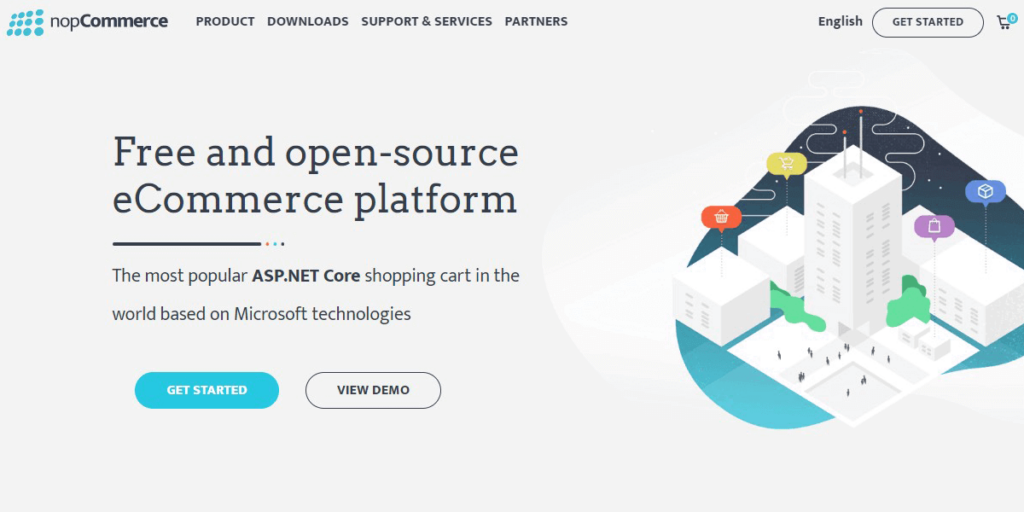
How Fit and Function Blend In The Perfect Western Breast Collar For Sale
The intriguing world of equestrian accessories brims with unique pieces that blend exquisite craftsmanship and intricate detailing, all loaded with historical anecdotes. One such accessory is the Western Breast Collar which ties together history, precision, and functionality. But what exactly are Western Breast Collar for sale? Where did they originate and how do they fit and function mangos hand in hand in this equestrian masterpiece? Are they just about style or does their significance go beyond aesthetics? This blog post will delve into these questions, invoking the design enthusiast and horse lover’s curiosity in you.
We will explore the fascinating history and function of Western Breast Collar for sale, their design variations, the impact of their fit on equestrian performance, and the contemporary interpretations of this age-old accessory. Whether it is expanding your equestrian knowledge or simply igniting a new love for horse accessories, our journey through the elements of the perfect Western Breast Collar promises to be an enriching ride.
In this quest, we learn how vital design and functionality are in every object we encounter. Join us as we unravel the perfect blend of fit and function in the Western Breast Collar for sale – a testament to brilliant engineering and aesthetics in the world of equestrian fashion.
The Roots of Western Breast Collars: A Historical Insight
The history of the Western Breast Collars is as rich and nuanced as the western lifestyle they symbolize. Originating from the Native American culture, these collars served well in providing additional support to the saddles and preventing them from sliding back. Namely, they had a very functional role in horseback-riding, ensuring that riders saddled up safely and comfortably.
The tradition carried on into the cowboy era, evolving with the western lifestyle and the changing practical needs. The Western Breast Collar for sale started carrying decorative elements. They became a representation of the horse owner’s status, pride, and a way to show off their individuality, transforming from a simple utility tool to a craftsmanship marvel.
Today, the Western Breast Collar for sale are considered paramount in Cowboy fashion, with designs embracing both traditional motifs and modern artistic interpretations.
Why Fit is Important: The Functionality Aspect of Western Breast Collar For sale
Fit and function in a Western Breast Collar have a symbiotic relationship. A snug fit adds to the horse’s comfort, which inadvertently improves their performance. It’s crucial for the collar to sit correctly across the horse’s shoulders, thus enabling movement without any restrictions.
If the fit is incorrect, it could lead to unnecessary pressure points, causing distress to the horse and hampering its performance. Hence, finding the right fit isn’t just about horse comfort; it also plays a key role in assuring the safety and control for the rider.
The Anatomy of an Ideal Western Breast Collar: Showcasing Design-Oriented Function
An ideal Western Breast Collar for sale isn’t simply characterized by its aesthetics. The design elements work in harmony with the horse’s anatomy to deliver maximized movement and comfort. This functionality-driven design leads to a natural flow of lines that accentuate the horse’s build.
The Pros and Cons of Western Breast Collars
The Western Breast Collar brings along a suite of benefits. It provides saddle stability, ensures rider safety, adds comfort for the horse, and becomes a statement piece with its covetable designs. However, poor fitting collars can result in discomfort or even injuries to the horse.
Modern Interpretations and Innovations in Western Breast Collar Designs
Modern Western Breast Collars reflect a balance between traditional patterns and contemporary trends. There is an increased emphasis on the collar’s fit and utility with innovative adjustable designs making waves in the equestrian fashion world.
Your Guide to Choosing the Perfect Western Breast Collar

Choosing the perfect Western Breast Collar revolves around three key elements – fit, function, and style. The fit must suit the horse’s anatomy, the function should align with your riding style, and the design should mirror your personal taste.
Conclusion: Embracing the Beauty of a Well-Fitted Western Breast Collar
The Western Breast Collar isn’t just another fancy piece of horse accessory; it is an embodiment of history, craftsmanship, and functionality serving both aesthetics and performance. The right fit and function can greatly enhance your horse’s comfort and movement, offering you better control and safety as a rider. Whether you’re participating in a rodeo, a competition, or simply exploring the countryside, the Western Breast Collar for sale stands as an impressive testament to the blend of fit and function. Explore your options, find the right piece, and cherish the unique amalgamation of design and utility that this accessory brings along. Remember, every object we encounter holds a story – and in this case, it’s a spectacular journey from functional tool to a piece of wearable art.









